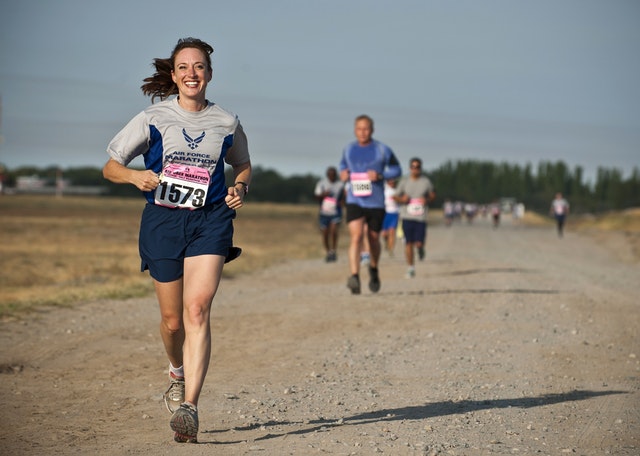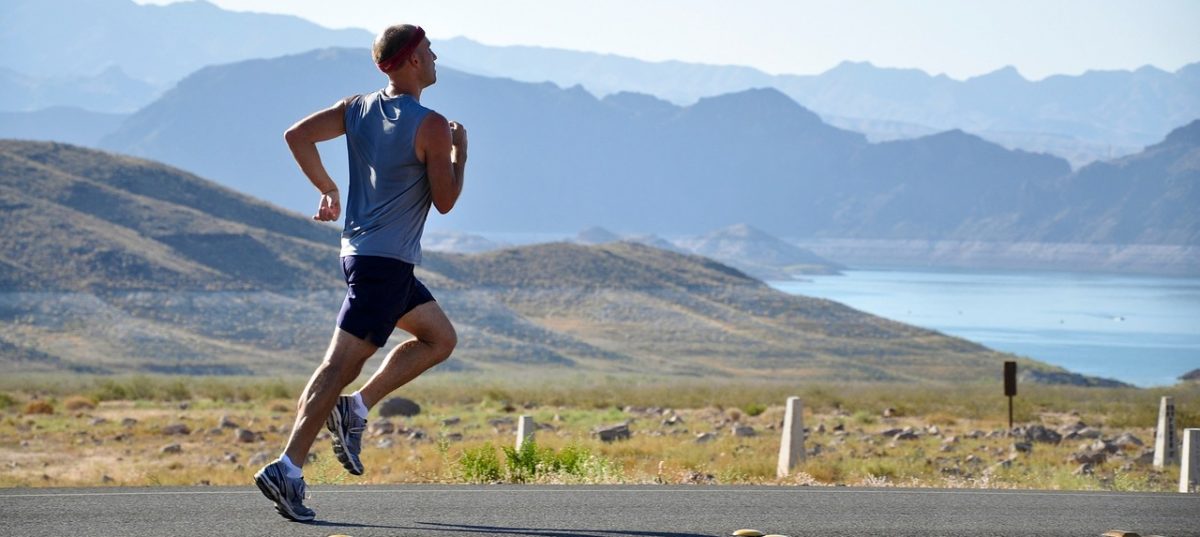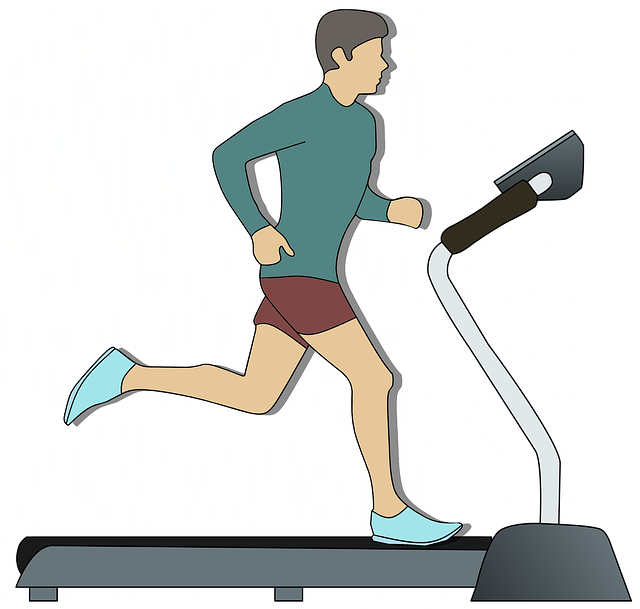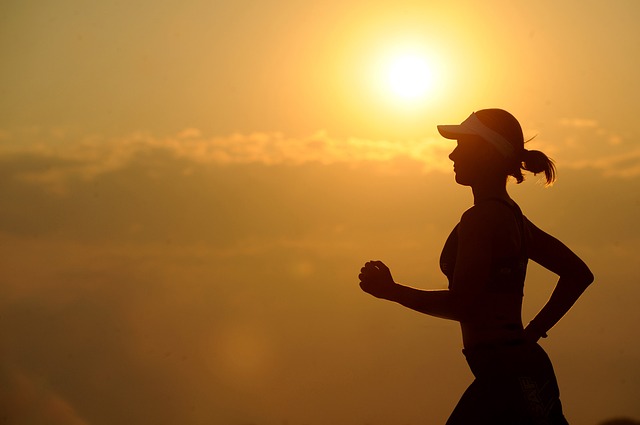Embarking on a familiar jog around the block or the park feels good: it’s a reliable guarantee that no matter the daily grind, you’ve done something fun and worthwhile. On the other hand, there’s always the question – what if I didn’t stop? How far could I go, and how satisfying might that be? Maybe I should do a half-marathon! And so you arrive at the prospect of the long-distance run. It can be equally intimidating and enticing, but here are some top tips on how to prepare yourself for the long haul.
How far is far?
You might be thinking of a 5K, or you might be thinking of a marathon, and it’s worth figuring out exactly how far you want to go, at least in the short-term. Knowing this will help you plan in terms of timescale as well the actual work you need to put in. A 5K is doable in fairly short order with regular practise and not too much ‘supplementary’ training, whereas a marathon (or even a half-marathon) will require a much more intensive regime and a lot more time. Decide what you’re in this for.

Where are you now?
Have you been jogging for years, or are you new to this? If you’re just starting out, then don’t go overboard or you’ll injure yourself (which is the single biggest thing to avoid in running). Take it easy at first, do a few experimental runs without really overexerting yourself, and get to know your current limits. If you’re a more experienced runner, then move straight onto the next step…
Get your kit on
Having the right equipment is vital from shoes to shorts, and no two bodies suit exactly the same kit. If you’ve got a pair of trainers that feel a tiny bit off by the end of a short jog, they’ll turn into a nightmare when you start extending your distance. If your clothes rub on you now, they’ll feel like they’re choking your limbs soon. Run in comfort. There are number of sources of running kit online, including Runner’s World.
A little further every week
Build up gradually but consistently. The best way to know how ready you are to take more on is how comfortable you feel with your current run. If it’s fairly easy, ratchet up the distance until you feel like every day you’re pushing yourself. Steadily it will become easier, and then repeat the manoeuvre. Likewise, don’t take on too much at once or you’ll risk injury.
Less is more
A good way to build speed, stamina and resolve is to have a day on which you run between a third and half of the distance you usually run, but in sets. Take the shorter run at a slightly faster pace than you normally would, then have a breather – and then go again. Do this a few times and you’ll start finding it much easier to do the longer distance at your usual pace. Very Well Fit have some good routines in this area.
Additional training
Especially if you’re looking to take on half-marathons or marathons, it’s useful to get in plenty of training which isn’t just running. This builds strength and breaks the repetition of using the same muscles every day. Swimming and cycling are especially good for this.
Look after yourself!
Rest days are as important as any other day – make sure you give yourself time off. Not only is it just nice to have a bit of a rest, but your body will find it far easier to take the increase in distance if it’s allowed a couple of days off to heal and re-energise. Rest is also an essential part of avoiding injury – if any part of your body starts feeling like it’s taking too much strain, stop and give it time to feel right again. Take it steady, keep it regular and push yourself as much as feels good, and the extra miles will come easily. And that really will feel good!




